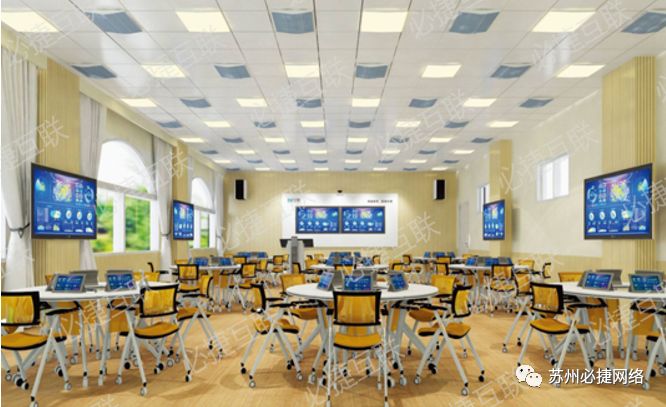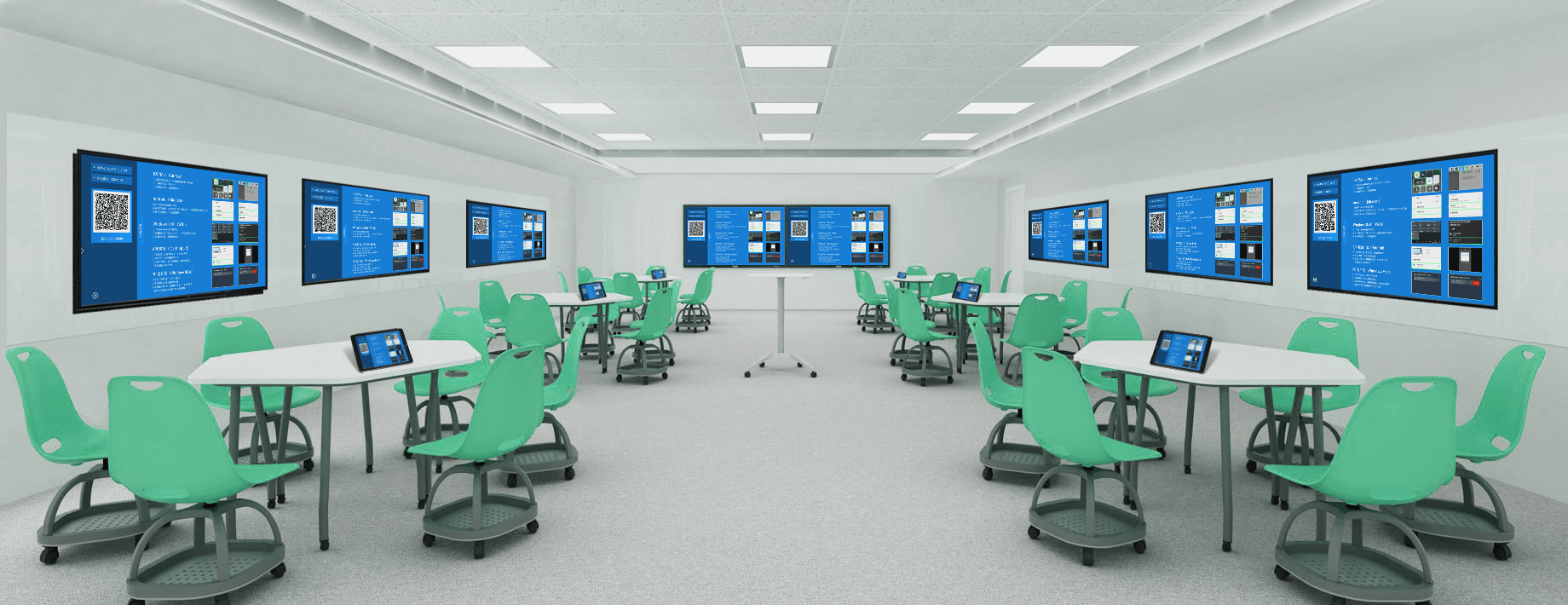Definition of active learning
Active learning is any learning activity in which the student participates or interacts with the learning process, as opposed to passively taking in the information.
When given the opportunity to actively engage with the information they’re learning, students perform better. It nurtures the brain, giving it an extended opportunity to connect new and old information, correct previous misconceptions, and reconsider existing thoughts or opinions.
Research into why active learning works
According to a study into learning-centered approaches to education, students learn more when they participate in the process of learning. Active learning is discussion, practice, review, or application. Problem solving. Exploring new concepts in groups. Working out a math problem on a piece of paper.
Active learning encourages your brain to activate cognitive and sensory networks, which helps process and store new information. Claire Hoogendoorn, New York City College of Technology wrote a good introductory article on the neuroscience of active learning. She summarized several studies, writing, “…learning is enhanced when multiple neural pathways are activated at the same time. In plain terms, the more we can activate students’ brains in different ways, the more they learn. This means that engaging as many sensory, cognitive, emotional, and social processes in students will increase their learning potential.”
What’s more, Cornell University found that research suggests learner attention starts to wane every 10–20 minutes during lectures — which means instructors are continuously fighting to keep attention. Incorporating regular, varied active learning moments is a great solution to recapture an audience.






